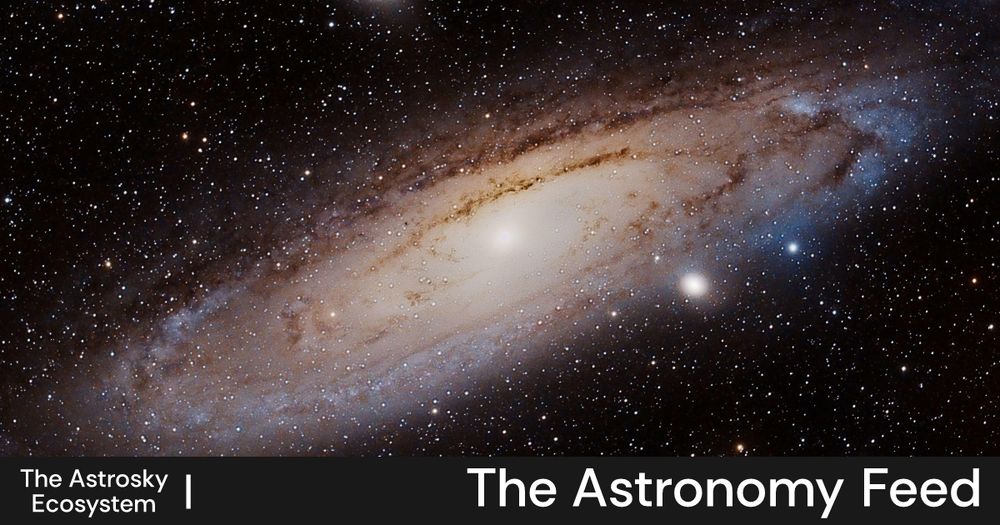astrosky.eco
FAQ: The Astronomy Feed
Frequently asked questions about the Astronomy feed.
Astronomy posts, from astronomers! Any astronomer can post here by signing up via @bot.astronomy.blue Contains posts from signed up users with a 🔭, #astronomy, or #astro.
Feed on Bluesky

astrosky.eco
FAQ: The Astronomy Feed
Frequently asked questions about the Astronomy feed.











astrobites.org
Observing the End of Star Formation in Galaxies
These galaxies are on the brink of entering their “quiet” phase.










www.quantamagazine.org
New Maps of the Bizarre, Chaotic Space-Time Inside Black Holes | Quanta Magazine
Physicists hope that understanding the churning region near singularities might help them reconcile gravity and quantum mechanics.


www.bbc.co.uk
Strange pillar of light linked to Chinese rocket test flight
Images of a glowing vertical light spotted in the skies have been captured on camera.












